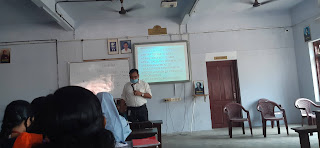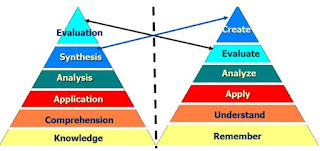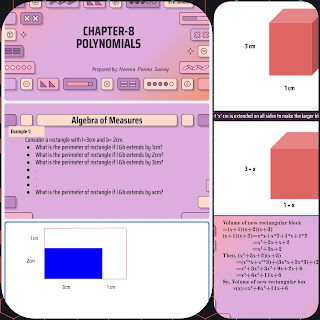Make learning an 'Ahaa' Experience
Our Principal Dr.K.Y.Benedict sir gave us an insight to the basics of teaching techniques through several classes.
First of all,teaching is not a profession ,its an divine call to service the nation🇮🇳. At earlier times, teaching was an bipolar process consisting of teachers and students only. It's an traditional outlook where ' the personality of mature person influences the immature personality of the learner'. This idea was given by Adams in his book 'Evolution of Education Theory'. As the society develops , teaching become a tripolar process consisting of:
- Teacher
- Student
- Society
According to John Dewey, education has psychological and sociological aspects. He asserts that childs development does not take place in vacuum. He has to live in and for the society,he belongs to. It is the society which will determine the aims,contents and methods of teaching. The function of the teacher is to modify the learners personality in the light of the need of society. Hence, education becomes a tripolar process.
Of this education system, students are the main stakeholders. The important stages of human development can be classified into three categories: "CAP"
ie, C= Childhood , A=Adulthood , P=Parenthood
Even the position in your family (rank of siblings) can influence your future life including job selection, family life etc.
Phases of teaching: There are three phases
- Pro-active phase
- Interactive phase
- Post-active phase
2. Interactive phase: Execution take place here. Furthur divided into three: perception (perceiving certain things from class), diagnosis (checking previous knowledge) and reaction process( response of children). New concept is introduced with maxims of teaching .
3. Post-active teaching: crucial for class improvement. Evaluation of teaching process done here. Spontaneous assessment can done from pupils facial expressions or responses.
Basic Teaching Model : by Glaser in 1962
Here,entry behavior(EB) is the sum of knowledge, attitude,skill,interest and experience exhibited by the learner at the beginning of a class section. Also, there is terminal behaviour(TB) which is the sum total of all above things at the end of the class. For learning to be effective, TB-EB>0.
Then,sir moved to the basic teaching technique: MICRO-TEACHING.
In micro-teaching:-
- duration:5-6 minutes
- Student strength:5
- Content:single concept
- skill used:single
SKILLS OF MICROTEACHING :
- Set induction
- Stimulus variation
- Questioning
- Explanation
- Reinforcement
- Experimentation/Demonstration
- Blackboard usage
- Classroom management
- Closure
Starts from teachers entry to class -to- linking known concept to new concept. It include law of readiness,law of motivation,making students mind clear like a clean slate(Tabula-Rasa).
2.STIMULUS VARIATION
Pupil-pupil interaction,using of teaching aids,movement of teachers in class,facial expression,gestures,body language of teacher are all important under this skill.
3.QUESTIONING
Questions can be of different forms:
- Open questions
- Closed questions
- Developmental questions
- Evaluation questions
- Lower order questions
- Middle order questions
- Higher order questions
Sir also mention Blooms taxonomy and its revised version to explain skill of questioning(LOT and HOT Questions)
A question has two components: Content stem and question stem. By changing the question stem,we can alter the level of the question(for interrogative thought process of the pupil).
(to be continued)🙂










So exhaustive, welldone
ReplyDelete